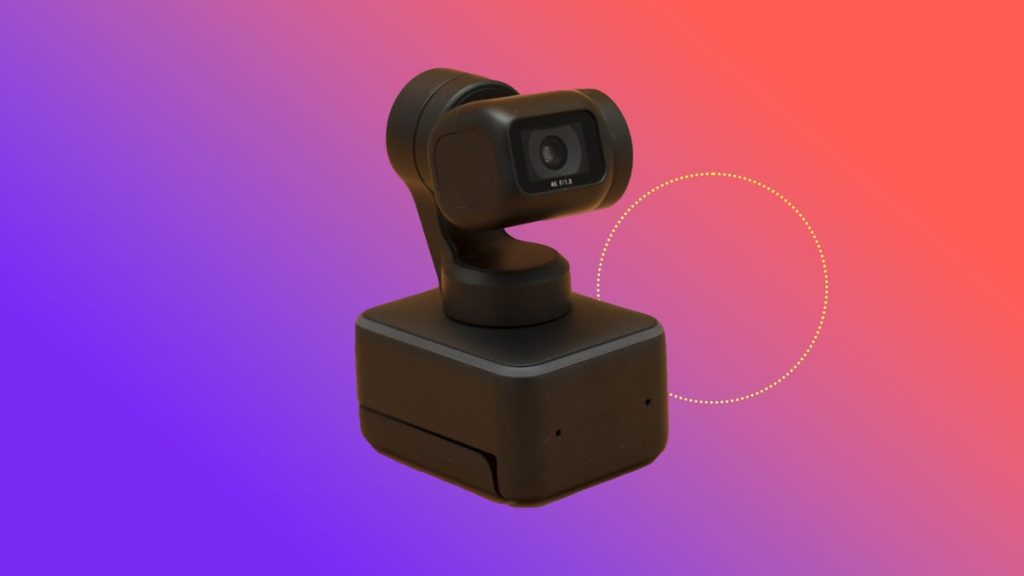When looking for a webcam, it is important to understand that all webcams are plug-and-play, and claims like “DSLR-quality video” are generally meaningless. AI is also often touted as a feature, but it does not automatically make a camera or a particular feature better. Your new external webcam may not necessarily be better than the integrated one in your laptop, as integrated models are increasingly tuned to work with operating systems in ways that third-party cameras are not. Improving your environment by focusing on good lighting or a better angle can often enhance the quality of your webcam video more than upgrading the camera itself. Additionally, the quality of video and audio on the other end of the call can depend on the consistency and quality of your network connection as well as the software being used, as videoconferencing software tends to process video aggressively for smoother transmission.
In terms of price, webcams range from $20 to about $300, with the best models typically priced at $200 and above. Generally, as resolution, features, and quality improve, the price also rises. It is possible to find good 1080p models for under $100, and high-end models often go on sale during typical periods such as Black Friday season. It is also important to understand the difference between sensor resolution and video resolution. High-resolution webcams may not necessarily output video at those levels but can use extra pixels for better results when scaling down to 1080p, 1440p, or 4K. Consider a 4K model for better framing and performance when demonstrating physical objects.
When looking at field of view, most webcams have a fixed field of view specified in degrees, typically ranging from about 65 to 90 degrees. It is important to ensure that the field of view of the webcam covers the amount needed. If a webcam lists multiple fields of view, it may use digital zoom to achieve this, which can look poor with a 1080p camera. Consider a high-resolution webcam to avoid this issue. It is also important to be aware of distortion that can occur with wide FOV webcams and look for alternatives if it bothers you.
Regarding microphones, not all webcams have built-in microphones, and built-in mics are generally intended for everyday videoconferencing. Noise cancellation may work well but can sometimes make your voice sound processed. If sound quality is a priority, opt for a non-integrated mic or plan to supplement with a dedicated mic. Design-wise, webcams come in various sizes and shapes, but mounts are usually stable but cumbersome. Consider the design based on where you plan to use the webcam to ensure it is suitable for your setup.
Lastly, many of a webcam’s features are only accessible through software. Most cameras work when plugged into a USB port, but high-resolution webcams may require a high-speed USB connection for full resolution. Features like exposure settings adjustment, white balance control, manual focus, and presets can be crucial for optimal performance. When purchasing a webcam for a Mac, consider that there are no controls built into the operating system, and adjustments need to be made through specific applications or utilities. Windows Hello for face recognition may be supported by some external webcams for Windows users.


